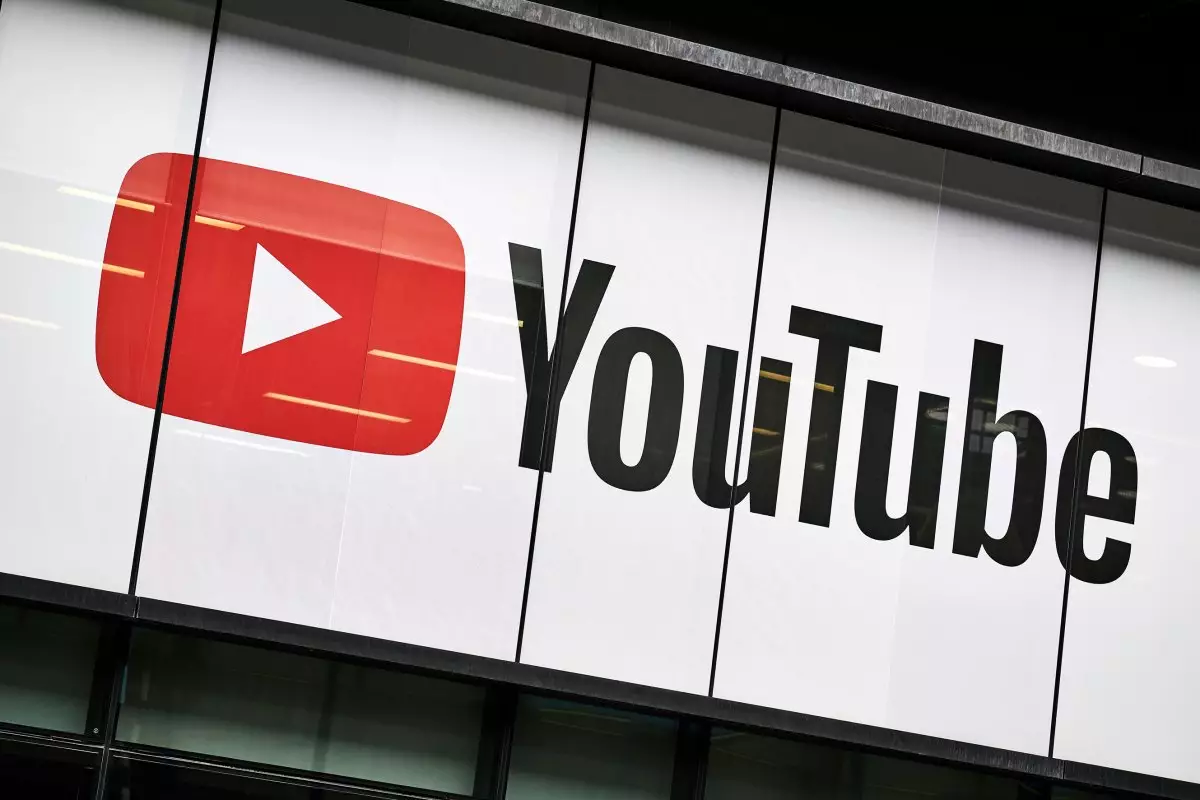YouTube’s recent pivot away from its traditional Trending page marks a significant shift in how the platform champions popular content. Once a straightforward doorway to viral hits, the Trending page served as a single beacon guiding viewers to what’s new and buzzworthy. However, in an era characterized by fragmentation and niche communities, the company wisely recognizes that a one-size-fits-all approach no longer suffices. Moving toward category-specific charts is a compelling evolution that acknowledges the culture of micro-trends and personalized discovery at the core of modern content consumption.
This change doesn’t just reflect a cosmetic adjustment; it’s an acknowledgment of a profound metamorphosis that has taken place on the platform. When YouTube launched its Trending page in 2015, the internet was comparatively simpler — viral videos were often the big stories of the moment, accessible through a universal list. Today’s landscape, by contrast, is more fragmented, with diverse fandoms cultivating unique trends across genres like music, gaming, podcasts, and film. Recognizing this diversity, YouTube’s move seems designed to honor niche interests while maintaining a broader view of engagement through specialized charts.
Personalization versus the collective: The new paradigm of video discovery
A central aspect of this transformation is the platform’s strategic emphasis on personalized recommendations. YouTube contends that viewers are increasingly discovering trending content from their tailored feeds, search, and comments rather than a monolithic Trending page. This is a crucial acknowledgment of how algorithm-driven suggestions have become the dominant force in content discovery. The personalized approach arguably offers a better experience by surfacing content aligned with individual tastes, interests, and viewing habits — a far cry from the one-dimensional viral videos of yesteryear.
However, this reliance on algorithms also raises questions about the democratization of discovery. While personalized feeds provide relevant content, they can also create echo chambers, limiting exposure to diverse or emerging trends. By removing the single Trending page, YouTube intensifies this shift toward micro-trends and curated discovery, which inherently favors established creators and popular genres with broad appeal. This could inadvertently stifle the serendipity that once characterized the platform or push content toward homogenization, where only certain types of videos get visibility.
Yet, the introduction of curated category-specific charts attempts to strike a delicate balance. These charts will spotlight trending music videos, top podcasts, and new movie trailers — sectors with distinctly engaged audiences. This targeted approach can catalyze growth for creators within specific niches, empowering them to gain visibility without relying solely on broad viral momentum. It also benefits viewers by helping them self-select into communities aligned with their interests, fostering more meaningful engagement.
Implications for creators and the future of content discovery
For creators, this change risks both opportunity and challenge. On one hand, the “Inspiration Tab” and new discovery tools are designed to highlight emerging artists and creators, ensuring that those with compelling content can still gain visibility. Features like the “Hype” tool and Creators on the Rise initiatives serve as vital mechanisms to democratize exposure and break the monopoly of algorithms favoring already-popular channels.
However, the broader shift toward category charts suggests that success on YouTube will increasingly depend on creators understanding and adapting to niche communities. Highly versatile or generalist content may face greater difficulty breaking through the noise unless they target specific categories or fandoms that resonate with particular audiences. The future landscape demands a more strategic approach to content development, one that emphasizes deep engagement within specific verticals rather than relying solely on viral hits.
Moreover, the broader ecosystem is likely to evolve towards more curated, community-driven discovery mechanisms. YouTube’s emphasis on personalized recommendations—and its efforts to promote up-and-coming creators—highlight a platform trending towards tailored engagement rather than broad, one-time viral surges. This could enhance viewer loyalty and foster niche community ecosystems, but it may also lead to increased siloing and less cross-pollination of popular culture.
Ultimately, YouTube’s decision to abandon its traditional Trending page signifies a maturation of its ecosystem, one where diversity, personalization, and niche interests take precedence. While it might fragment the landscape temporarily, it also aligns the platform with the realities of modern digital consumption — where discovery is increasingly personalized, diverse, and multi-layered. Whether this results in richer experiences or deeper silos remains to be seen, but one thing is clear: YouTube is positioning itself to stay relevant in a rapidly evolving digital world.

